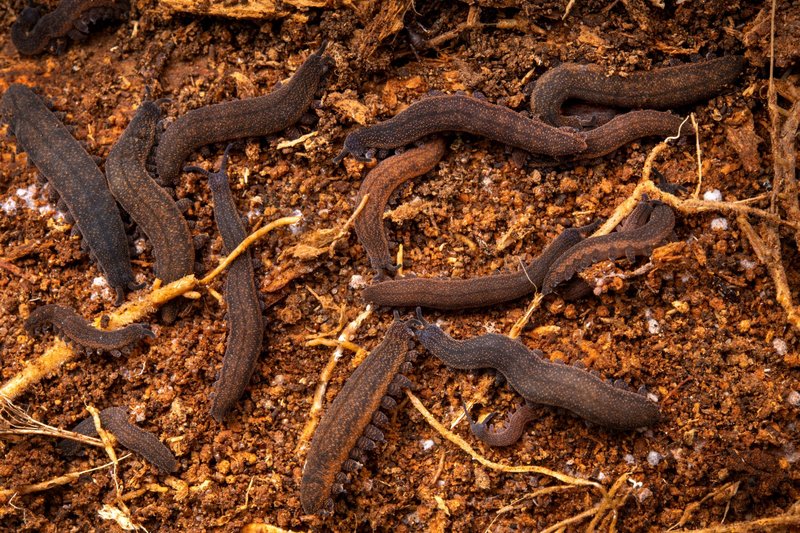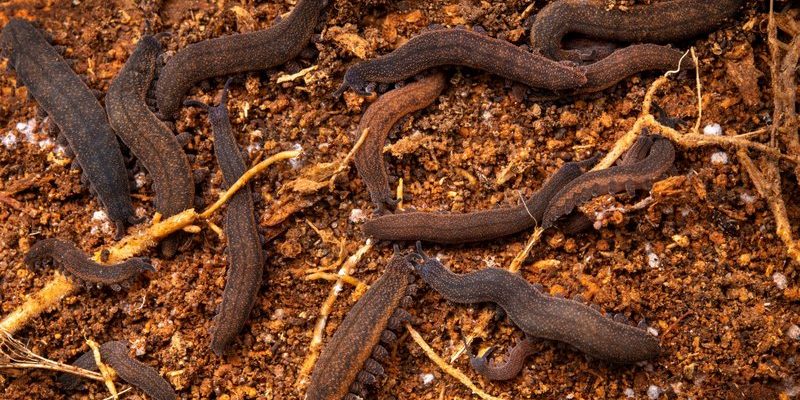
So, whether you’re a budding naturalist or just someone curious about these unique creatures, let’s dive into the best practices for observing velvet worms in the field. It’s like going on a treasure hunt, but instead of gold and jewels, you’re searching for these elusive, squishy beings. Grab your gear, and let’s get started!
Understanding Velvet Worms
Before you can hunt for these fascinating creatures, it’s crucial to know what you’re looking for. Velvet worms, scientifically known as **onycophorans**, are part of a group of animals that are somewhat of a link between arthropods and annelids. Picture them as distant cousins of insects and snails but with a smooth, soft body and a charmingly creepy pair of antennae. They can be found in warm, humid environments mostly in tropical and subtropical regions.
Velvet worms have a unique way of capturing their prey, which consists mainly of insects. They shoot out a sticky slime that ensnares their catch—almost like a mini spider web. This tactic makes them fascinating to observe, and honestly, it’s one of the many reasons why folks like you and me are interested in seeing them in action.
You might be wondering why these worms are essential to their ecosystems. Well, they’re not just fascinating to look at; they play a significant role in controlling insect populations and contributing to nutrient cycling in their habitats.
Choosing the Right Location
Finding velvet worms in the wild is all about location, location, location. They thrive in humid environments, often preferring leaf litter, rotting logs, or the damp underbrush of rainforests. A great place to start is by looking in places with a lot of moisture and organic material. Think of spots like the forest floor after it rains—that’s prime velvet worm real estate!
When you’re scouting locations, look for areas with abundant vegetation. The dense foliage provides a perfect home for these little guys, keeping them sheltered from predators and harsh weather. Here’s a quick list of ideal habitats to check out:
- Rainforests and wet forests
- Leaf litter and decaying wood
- Caves and moist, dark places
- High humidity areas, especially after rainfall
Try not to disturb the environment too much. Velvet worms are sensitive to changes in their habitat, so it’s best to tread lightly and leave no trace.
Timing Your Adventure
Timing plays a huge role in your success during a velvet worm hunt. These creatures are primarily nocturnal, which means they’re most active at night when the humidity is high. If you’re serious about catching a glimpse, plan your outings for early evening or right after a rain shower. Here’s the thing: finding them during the day can be tough because they tend to hide from the sun.
If you decide to venture out at night, make sure you bring a good flashlight to spotlight your search. However, avoid bright lights; subtle illumination will help prevent startling them. You’ll be amazed at how much more you can see when you dim the beams a bit.
When you’re out there, keep an eye out for movement or unusual shapes in the leaf litter. Velvet worms can be pretty good at blending in, but if you know what to look for, you just might spot one inching along its mossy path.
Tools You’ll Need
To make your journey into the world of velvet worms smooth and enjoyable, having the right tools on hand is essential. Here’s a small list of gear that can enhance your observing experience:
- Flashlight: A good quality flashlight is crucial for nighttime observation.
- Magnifying glass: This can help you get a closer look at their fascinating features.
- Notebook and pen: Jot down your observations or sketches; it’s a great way to document your findings.
- Camera: Capture those magical moments (just remember to be respectful of their environment).
Having these tools can make your experience much more rewarding. You’ll not only observe but also engage with these creatures in a way that deepens your understanding and appreciation.
Respecting Their Habitat
When observing velvet worms, it’s vital to respect their habitat. These little guys are sensitive to environmental changes, so minimizing your impact is key. Here are some best practices to keep in mind:
– **Stay on Paths:** When walking through their habitat, stick to established trails. This helps prevent trampling on delicate vegetation.
– **Keep Your Distance:** It’s super tempting to get up close and personal, but try to observe from a few feet away. This keeps them safe and stress-free.
– **No Collecting:** While it might be exciting to capture one for a closer look, removing them from their environment can do more harm than good. Enjoy them in their natural setting instead.
– **Leave No Trace:** Whatever you take in with you—like snacks or drinks—make sure to take it back out. Leaving behind trash can disrupt the ecosystem.
By treating their environment with care, you’re not just being a good naturalist; you’re also helping ensure that these creatures will be around for others to enjoy.
Documenting Your Observations
Once you’ve found and observed some velvet worms, it’s only natural to want to share your findings or keep a record of them. Documenting your experience can be rewarding and informative. Here’s how you can do it:
1. **Take Photos:** Capture images of their behavior and habitat. Try to photograph their hunting methods or their lovely colors.
2. **Write Descriptions:** Jot down notes about what you saw. Include details about their environment, behavior, and anything unusual you might notice.
3. **Share Your Experience:** If you’re part of a community or online group dedicated to naturalists or entomology, share your observations! You might even inspire others to explore.
Documenting not only contributes to your understanding but also adds to the collective knowledge of these incredible creatures. Who knows, your notes might help another explorer!
Observing velvet worms in the field can be an incredible adventure that combines curiosity, respect, and a bit of patience. As you delve into their world, remember to take it slow and appreciate the little moments—like watching them move gracefully through their habitat. By following these best practices, you’ll create a meaningful and enriching experience for both you and the velvet worms.
So, whether you’re gearing up for a specific trip or just daydreaming about your next natural encounter, keep these tips in mind. Each exploration not only enhances your knowledge but also deepens your connection to the amazing world of nature. Happy hunting, and may your next velvet worm observation be as enchanting as the creatures themselves!

